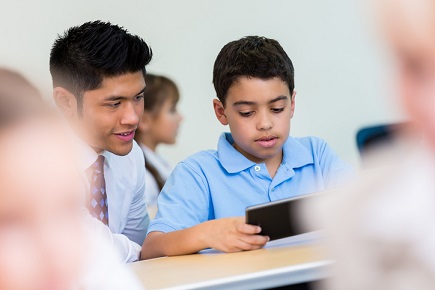
They may, however, consider using it as a reference and value-add for its teaching and learning resources.
The new curriculum, which was launched on 3 January by Ong Ye Kung, minister for education (higher education and skills), features materials that are rich in local culture, including scenes of Singaporean daily life and local stories or incidents, reported Channel NewsAsia.
EtonHouse does engage its students in events and experiences that are local in nature, shared director of pedagogy, Tina Stephenson-Chin. Such activities are conducted in Mandarin and hosted by Mandarin teachers.
“We are open to sharing ideas with educators from all over the world and greatly appreciate intelligent approaches no matter where they are from,” she said.
“However, many of our children are not local and so it would not be practical to offer an only localised environment to our families.”
EtonHouse, which has children, family and teaching staff from all over the world, stressed the importance of giving children opportunities to engage in experiences and traditions from their own culture, as well as from different ones.
“Alongside Singapore’s national celebrations, culture and way of life, our community also actively share traditions and culture from their home countries,” Stephenson-Chin said. “In one of our schools, children were inquiring on the different kinds of buildings and their functions.
“The Mandarin teachers took the chance to introduce local landmarks such as Marina Bay Sands, the Esplanade, Peranakan shophouses, various places of worship and museum.”
MOE’s new curriculum was developed by the Confucious Institute of Nanyang Technological University.
Related stories:
Schools can nurture innovation in students, says MOE minister
Should your school embrace transnational learning?


